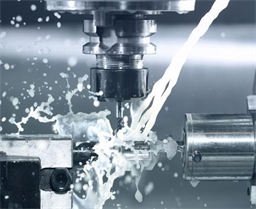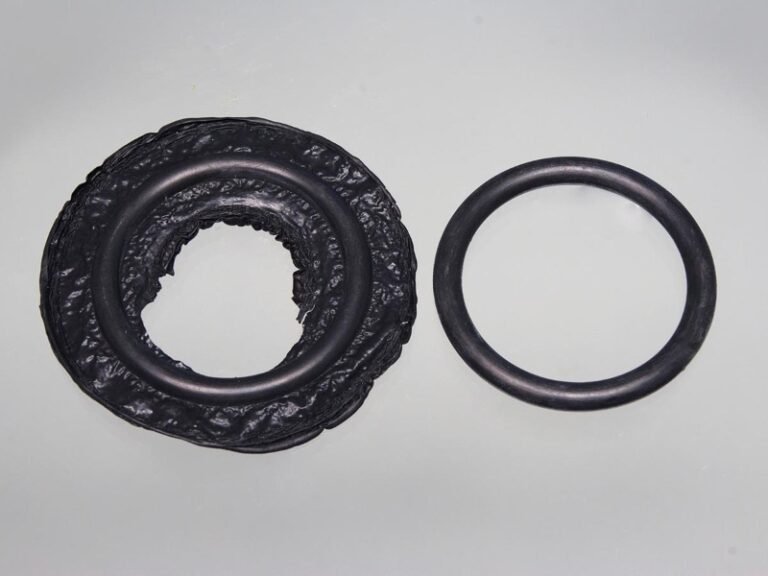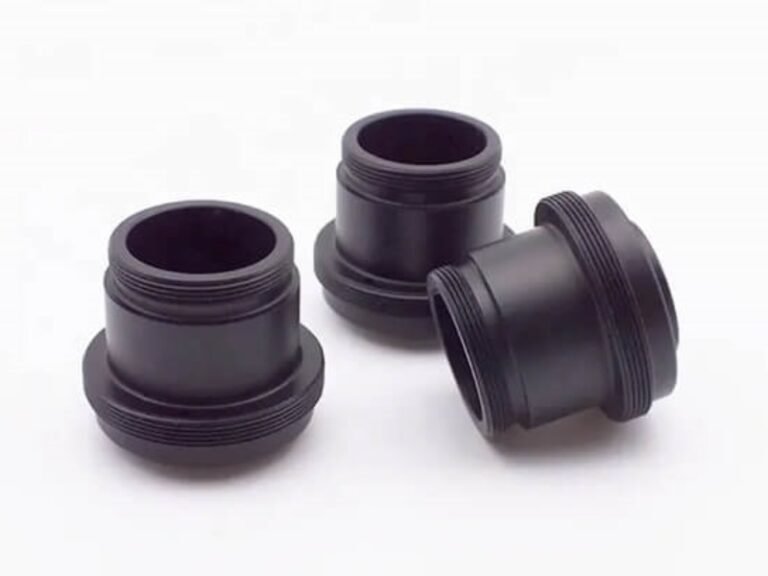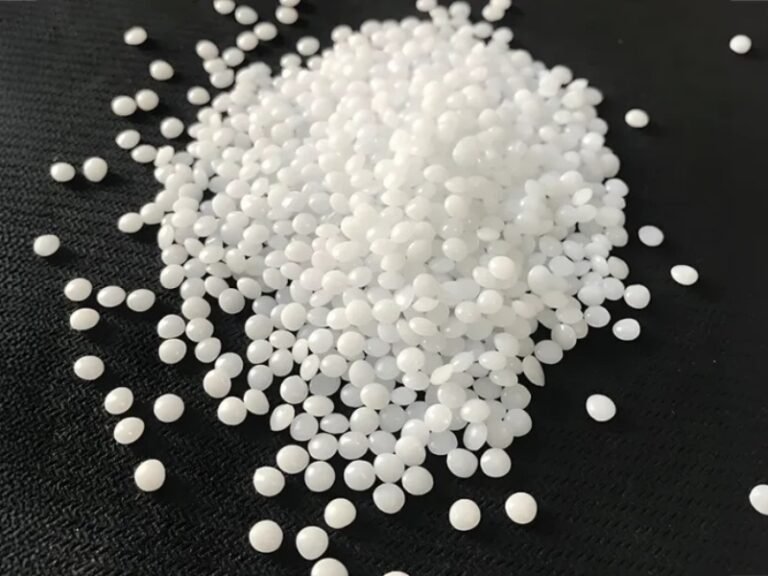Prototyping CNC service has become an indispensable process in modern manufacturing, enabling engineers and designers to develop functional prototypes with exceptional precision. Whether crafting a plastic CNC prototype for product testing or engaging in metal prototype machining for structural assessments, CNC technology provides a robust solution for rapid and iterative development.
Understanding CNC Machining for Prototyping
What is CNC Machining Prototyping?
CNC machining prototyping is the process of creating functional prototypes or parts using CNC machines, which precisely cut, mill, or shape materials, typically plastics or metals—based on digital designs. It allows engineers and designers to test form, fit, and function before mass production and supports small-batch production to identify issues early and make timely improvements.
This method produces high-precision parts quickly, works with a wide range of materials, and helps reduce development time and costs compared to traditional prototyping.

Why CNC Machining is Used for Prototyping?
CNC machining is preferred for prototyping due to its ability to deliver intricate and functional models with tight machining tolerances. Unlike alternative methods such as 3D printing, which is more suitable for conceptual models, CNC machining offers structural integrity and material properties that closely mimic final production parts.
Industries such as automotive, aerospace, medical, and consumer electronics depend on CNC machining prototyping to test designs under real-world conditions. Engineers can evaluate the mechanical properties, heat resistance, and load-bearing capacity of a part before finalizing production methods. Prototype machining is flexible, following good prototyping practices and allowing designs to be refined quickly.
Advantages of Prototyping CNC Machining
High Precision and Accuracy
CNC machining achieves extreme precision, with tolerances as tight as ±0.001 inches. Prototypes closely match production parts, ideal for intricate applications like medical implants, aerospace, or metal parts requiring exact specifications.
Fast Turnaround Times
CNC machining streamlines production, reducing lead times. Multiple prototypes can be produced quickly, allowing rapid testing of design variations and accelerating product development.
Wide Range of Material Compatibility
Supports plastics, metals, and composites. Plastics for lightweight, cost-effective parts; metals for high-strength applications; composites for strength and weight optimization. Flexibility ensures prototypes meet performance requirements.
- Plastics – Ideal for lightweight, cost-effective prototypes such as plastic CNC prototypes used in consumer electronics and medical devices.
- Metals – Essential for robust, high-strength applications, making metal prototype machining a preferred method for automotive and aerospace industries.
- Composites – Used in specialized applications where a combination of strength, flexibility, and weight reduction is required.
Scalability from Prototype to Production
Validated CNC programs can be used for mass production with minimal changes, eliminating costly retooling. CNC machining allows smooth scaling from small prototypes to large production runs.
Key Factors to Consider When Choosing the Right CNC Machine
Selecting the ideal CNC machine for CNC prototype manufacturing requires a careful evaluation of several critical factors.
Material Compatibility
The choice of CNC machine largely depends on the type of material being used. Some machines are optimized for metal prototype machining, capable of cutting through aluminum, titanium, and steel with high precision. Others are better suited for plastic CNC prototype development, ensuring clean, smooth finishes without excessive tool wear.
Machine Type and Capabilities
- 3-Axis CNC Machines – Suitable for simple prototypes with straightforward geometries.
- 4-Axis and 5-Axis CNC Machines – Essential for complex parts requiring multi-directional cutting, such as aerospace components and intricate medical devices.
- CNC Lathes and Turning Centers – Ideal for cylindrical or rotationally symmetrical parts.
- High-Speed Milling Machines – Used for rapid CNC prototyping, reducing machining time while maintaining accuracy.
Precision and Tolerances
Different CNC machines offer varying degrees of precision. For industries like aerospace and medical, where ultra-tight tolerances are necessary, high-precision machines with minimal deviation are required.
Production Volume and Scalability
While some machines are optimized for low-volume prototype machining, others are designed to handle full-scale production runs. Choosing a machine that aligns with both prototyping needs and future scalability helps reduce long-term costs.

CNC Prototype Applications
Quickly create accurate prototypes for various industries, enabling testing, design validation, and production readiness.
- Automotive: dashboard panels, transmission parts, suspension components, oil pumps, gears
- Aerospace: cockpit panels, turbine blades, landing gear components, avionics brackets
- Electronics & Communication: phone housings, PCB holders, chassis panels, heat sinks
- Medical Devices: surgical instrument handles, diagnostic device casings, prosthetics, drug delivery parts
- Industrial Machinery: gears & racks, pump housings, valves, jigs & fixtures, shafts & couplings
Common Mistakes and How to Avoid Them
Neglecting Design for Manufacturability (DFM)
Failing to optimize designs for CNC machining can lead to excessive material waste and machining difficulties. Engineers should simplify geometries where possible and avoid unnecessary undercuts or deep pockets.
Incorrect Material Selection
Choosing the wrong material for a prototype can result in excessive machining time or compromised part performance. Material selection should be based on the prototype’s strength, weight, and environmental resistance requirements.
Overlooking Tolerances
Excessively tight tolerances increase machining time and costs. Engineers should only specify tight tolerances in areas where they are functionally necessary.
Ignoring Toolpath Optimization
Inefficient toolpaths lead to longer machining times and increased wear on cutting tools. Proper CAM programming ensures optimal cutting speeds, tool selection, and feed rates.

Traditional Prototyping vs. Rapid Prototyping
In the early stages of product development, prototyping is a crucial step for validating design concepts, testing functionality, and optimizing products. Traditional prototyping often takes a long time, involves complex steps, and requires multiple rounds of communication and coordination. It includes the following services or methods: Handcrafted models, Sand casting.,etc.
These traditional methods often take weeks or even months to produce a physical prototype, with low communication and iteration efficiency, resulting in long design optimization cycles.
In contrast, rapid prototyping methods, such as CNC machining and 3D printing, significantly shorten the timeline. Engineers can produce high-precision, fully functional prototypes in a short time and quickly make modifications and optimizations based on testing results.
Conclusion: How to Make the Right Choice?
Selecting the right CNC machining approach for prototyping requires balancing cost, precision, and material suitability. Whether opting for metal prototype machining for strength-critical applications or plastic CNC prototypes for cost-effective testing, understanding key factors ensures a streamlined development process.
Start A New Prototyping CNC Project Now!
FAQs of Rapid CNC Prototyping Manufacturing
Because it’s custom-made from scratch—no mass production, higher setup effort, and often requires testing and adjustments. You're paying for both the part and the development process.
It depends on the design, material, process, and lead time. Since it’s low volume, even one part takes time and resources. Some costs may be deducted if you move to mass production later.
It can be costly, time-consuming, and may not fully match the final product if different materials or faster methods are used just for testing.
Usually 3–10 working days. Simple parts can be done in 1–2 days, while more complex or molded prototypes may take up to two weeks.



